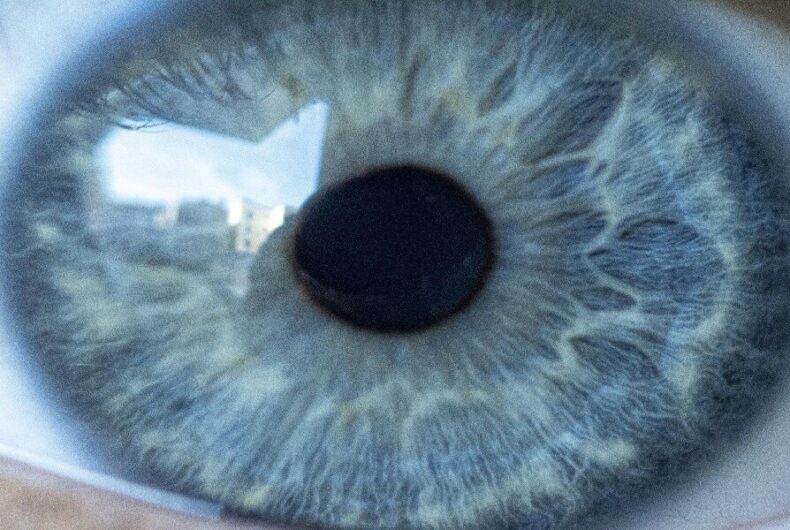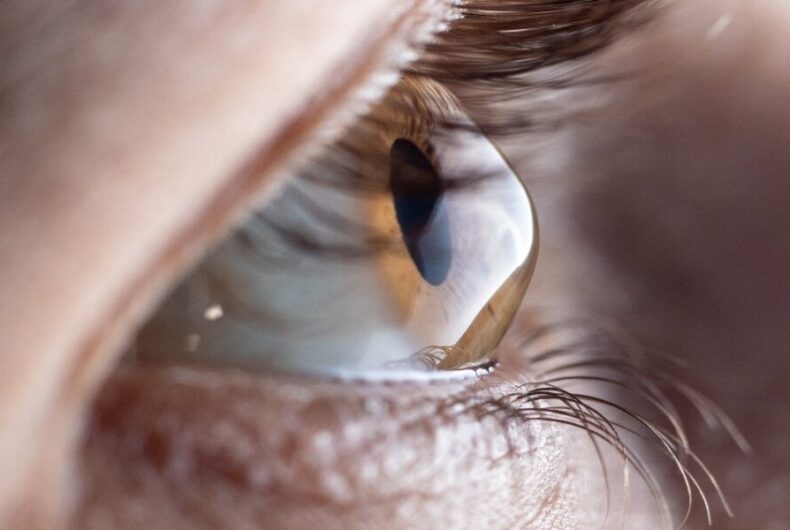What Happens During a Pachymetry Test?
Corneal pachymetry can be determined via a quick and painless test using an instrument called a pachymeter.
Before the test, a numbing drop will be used to ensure your comfort. During the test, the small probe of the pachymeter will gently touch the surface of the cornea. The probe is able to use ultrasound waves to determine the thickness of the cornea. The test takes about 1 minute to measure both eyes.
Why is it Important to Measure Cornea Thickness?
Measuring cornea thickness – as well as tracking it over time – can help us diagnose and/or guide treatment for certain conditions.
One area it can be particularly helpful is in making a more accurate diagnosis of glaucoma. The thickness of your cornea can have an influence on the pressure measurements of the eye, and prolonged elevated pressure is capable of damaging the optic nerve. Knowing the thickness of your cornea can give us a clearer idea of what may be influencing your eye pressure readings, often making pachymetry an important part of overall glaucoma testing.
Corneal pachymetry can also help us determine whether a patient may be a good candidate for a LASIK procedure. Since the procedure involves reshaping the cornea, patients who have too thin of a cornea may risk vision damage if they undergo such a procedure.
We can also measure and track swelling in the cornea that can occur via injury or occasionally with the use of extended-wear contact lenses. If swelling is not receding, we may need to make changes to your treatment protocol or your use of corrective contact lenses.



